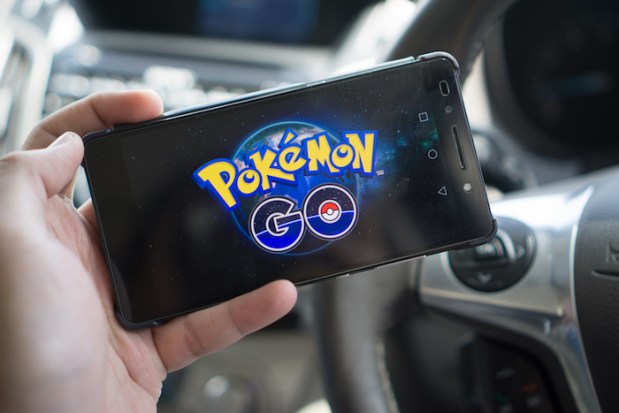Pokémon GO Shows Retail How To Do AR/VR Right

Retailers can’t be held entirely liable for the ham-fisted ways they’ve tried to push virtual and augmented reality onto consumers, who — like retailers themselves — don’t quite know what to make out of the technology just yet. When these potentially transcendent platforms are put to retail use, it can almost seem like an anticlimax of breakthrough tech being relegated to old experiences.
For example, Alibaba’s recently announced VR store will simulate a full Alibaba location that shoppers will be able to navigate and browse, all while wearing a VR headset or pair of glasses. Calling VR “a great way to demonstrate products or services, especially for some categories, like furniture and travel products,” an Alibaba official capped off the announcement with a common claim from retailers just starting up nascent VR and AR initiatives: “It also adds more fun to shopping.”
Therein lies the issue: Retailers will do just about anything to make their consumers that much more entertained while shopping, and common sense says that any new and tech-centric way to buy things differently than what’s currently available, by default, has to be inherently engaging and fun.
Common sense has a peculiar way of being proven uncommonly incorrect, though — just as retailers’ assumptions of AR and VR in the path to purchase went out the window the day Pokémon GO launched.
To be clear, the hit mobile app doesn’t have much to do with driving retail sales itself, but the way consumers have responded to it certainly does have a bearing on how merchants can and should engage shoppers with AR and VR in the future. When a retailer like Alibaba releases another immersive 3D store front, the novelty of the experience — rather than its utility as a mechanism by which to shop — is arguably the much bigger draw when buying by VR headset isn’t a familiar way to shop for the average consumer. Perhaps some might find navigating a digital store front intuitive at the moment, but odds are that most retailers are still ironing out the kinks of VR development for retail anyway.
Enter Pokémon GO — a mobile app heavy on AR that has become an instant worldwide mega-hit among anyone with a phone and memories of growing up in the 90s. While Pokémon GO doesn’t focus on selling anything, per se, what it has done for the retail world is show that the success of an AR or VR intervention doesn’t depend on the “otherness” of the experience but rather how it influences consumers’ normal behaviors in the real world.
In an interview with Adweek, MEC Managing Partner of Innovation and Consumer Technology Whitney Fishman Zember broke down just why Pokémon GO’s layered approach to AR has resonated with its players.
“While consumers don’t necessarily think in specifics like, ‘This is an AR game versus a basic mobile game,’ anything that helps them engage with AR’s offering of adding a digital layer of context and experience over the physical world is vital,” Zember said. “It allows people to get comfortable with the notion of these digital layers they can experience will help consumers get comfortable with the concept, opening up opportunities — and the mindset — for other experiences.”
How individual retailers choose to leverage the lessons from Pokémon GO’s ridiculously rapid success is up to them, but it’s clear that how the industry has handled these emergent technologies so far is missing some crucial elements that Pokémon GO isn’t. If retailers intend to mirror some of the success currently being enjoyed by a mobile game based off a children’s card game from 20 years ago, they better go back to the AR and VR drawing board.
